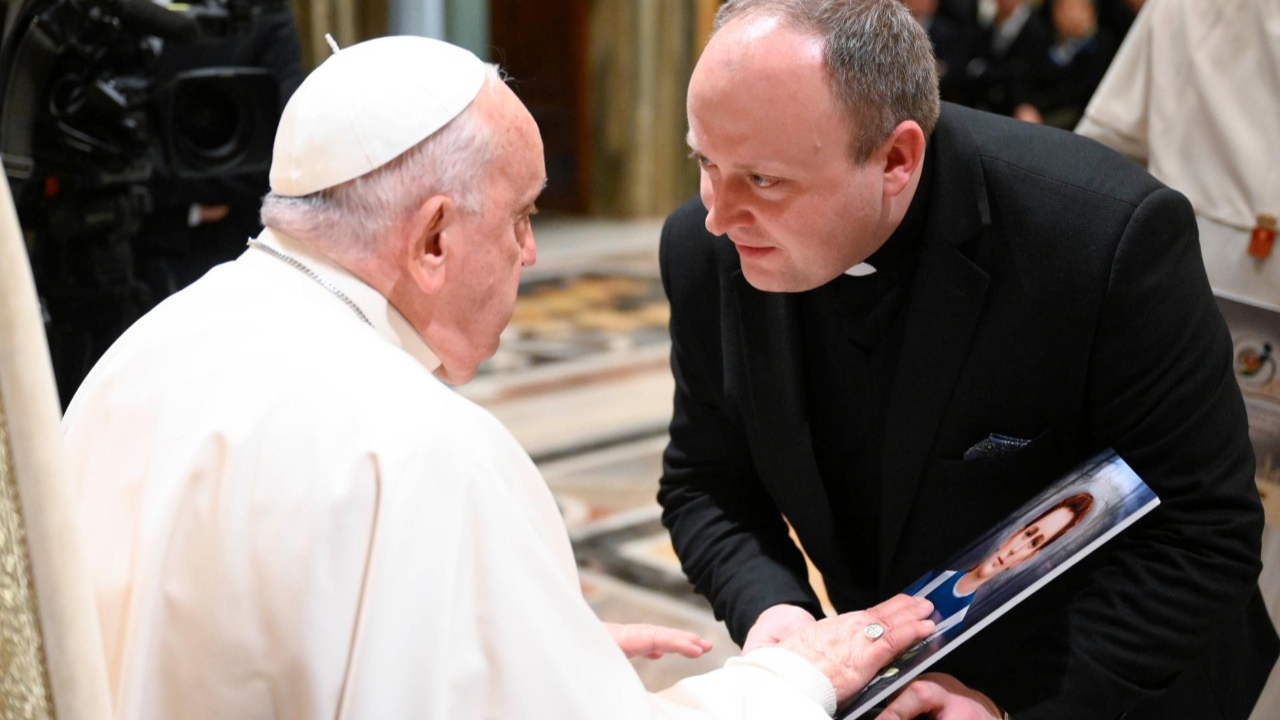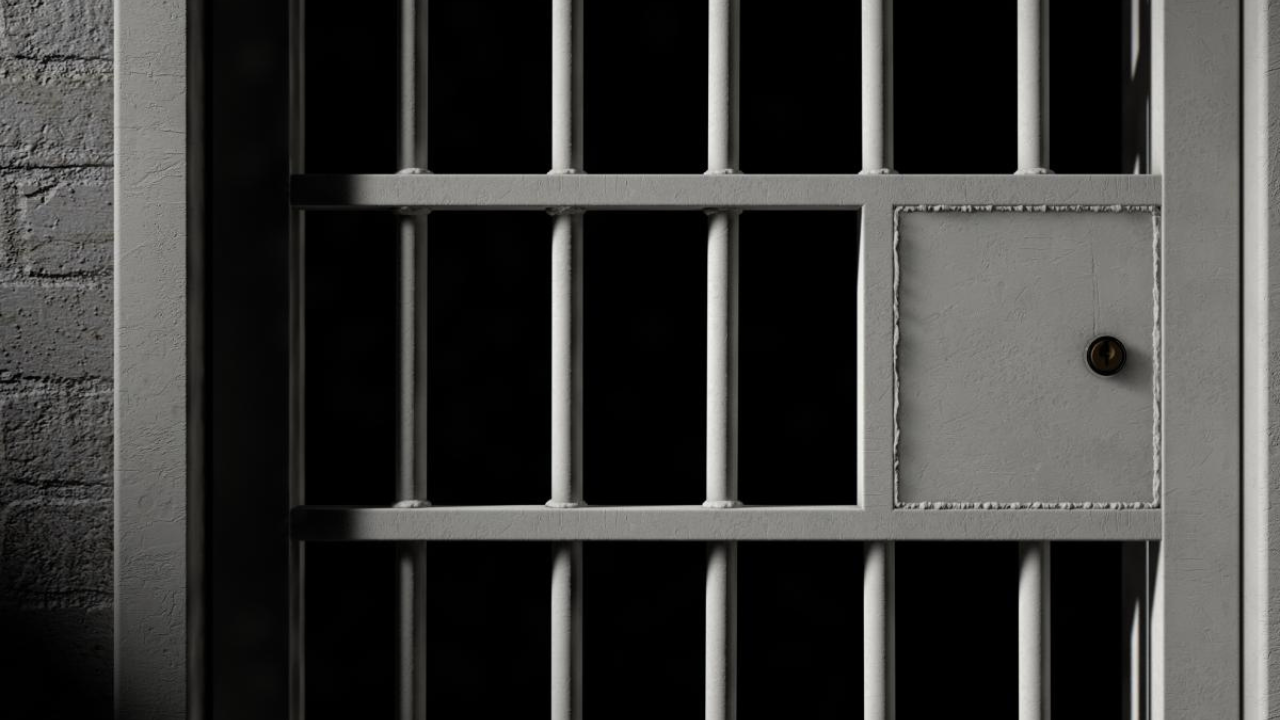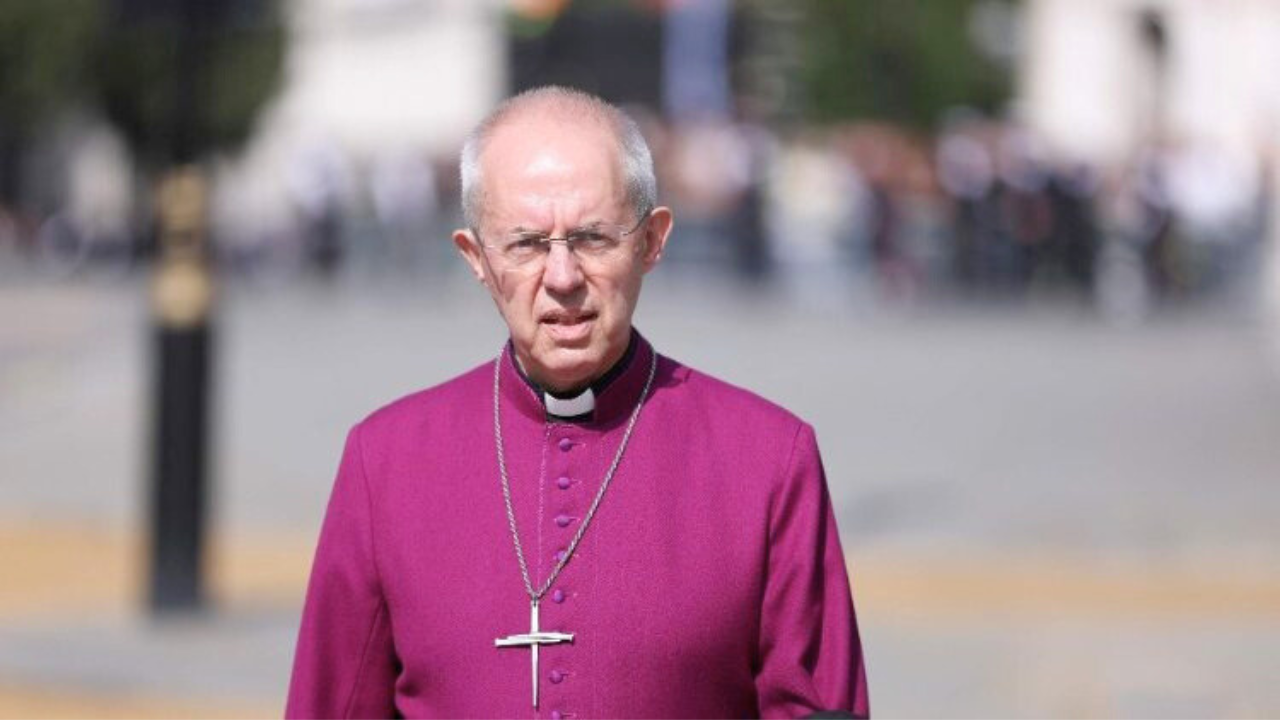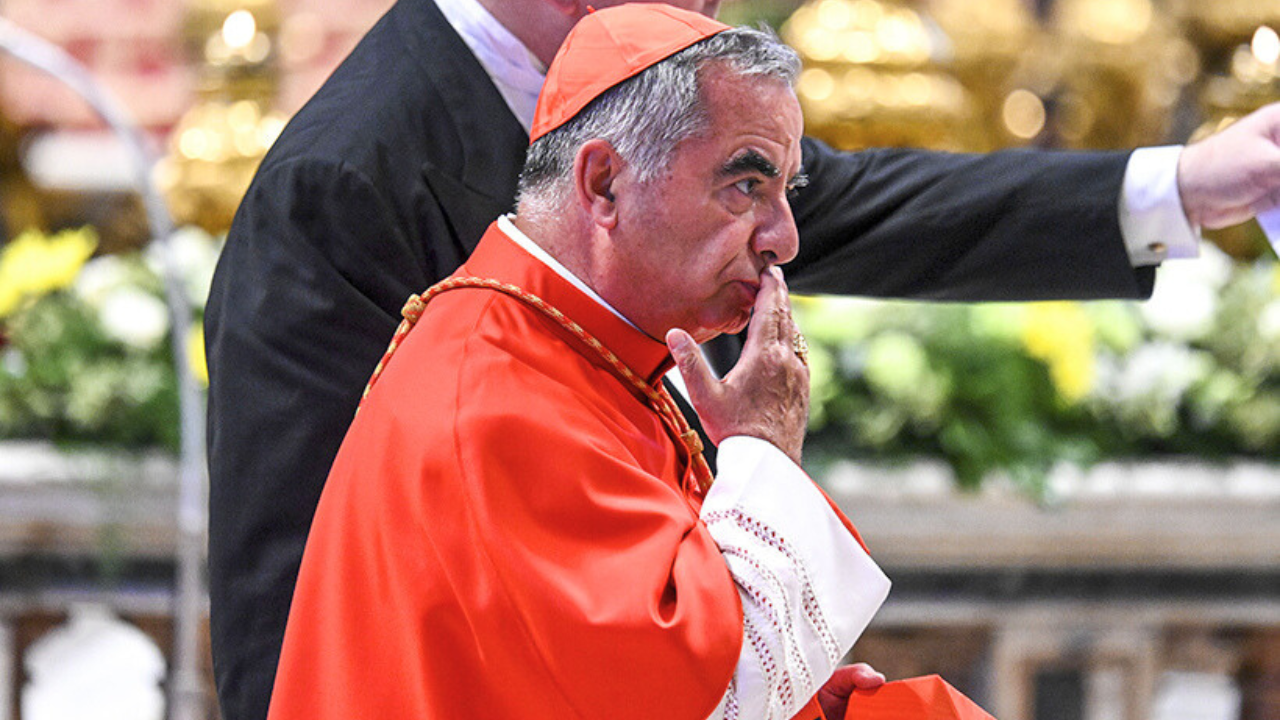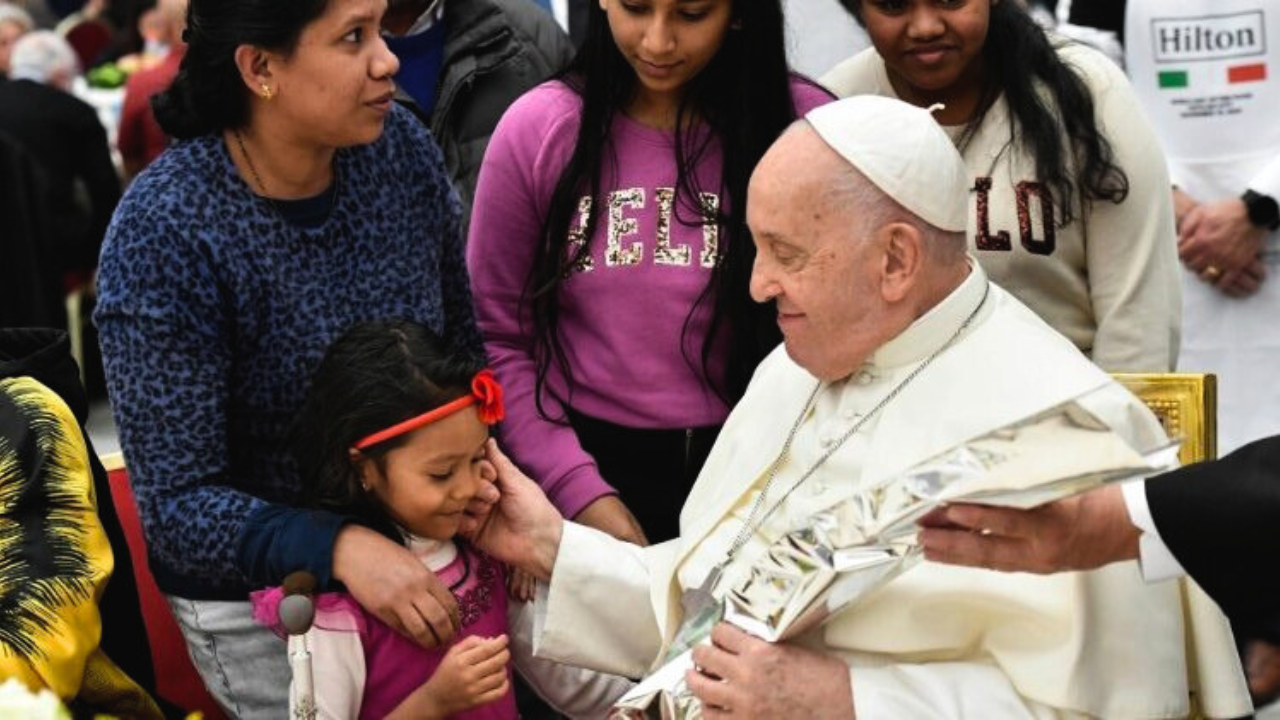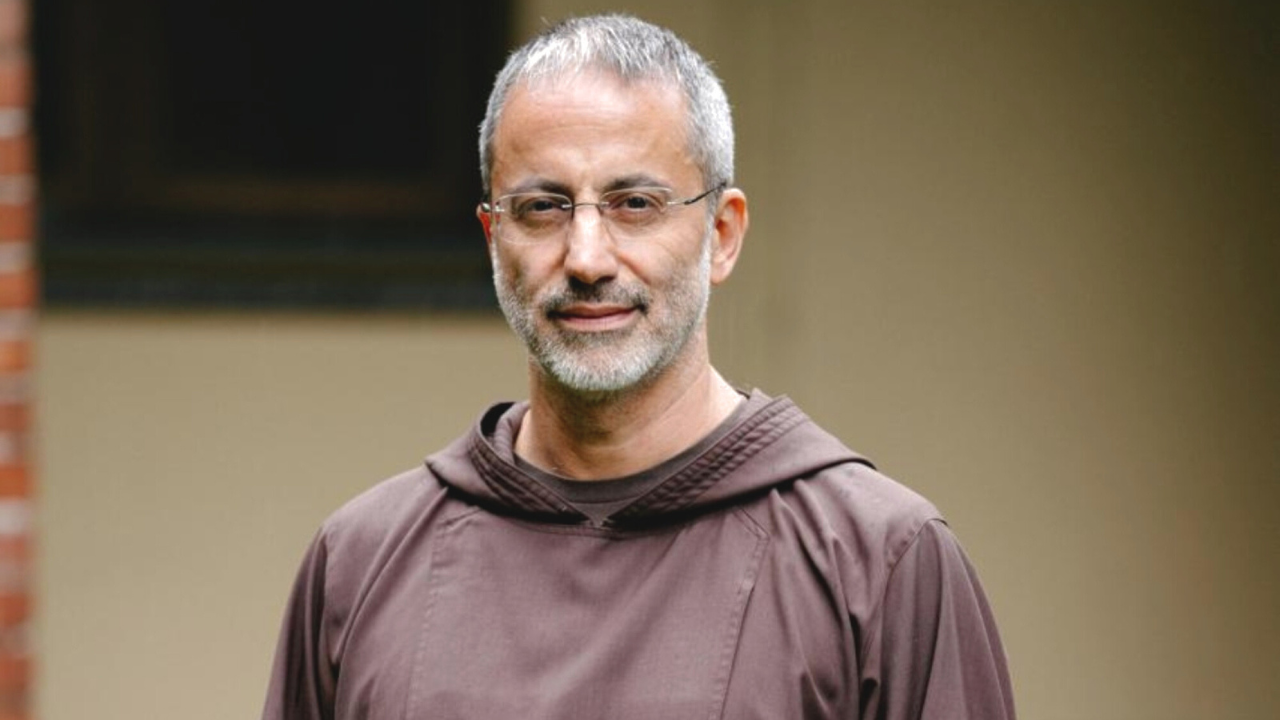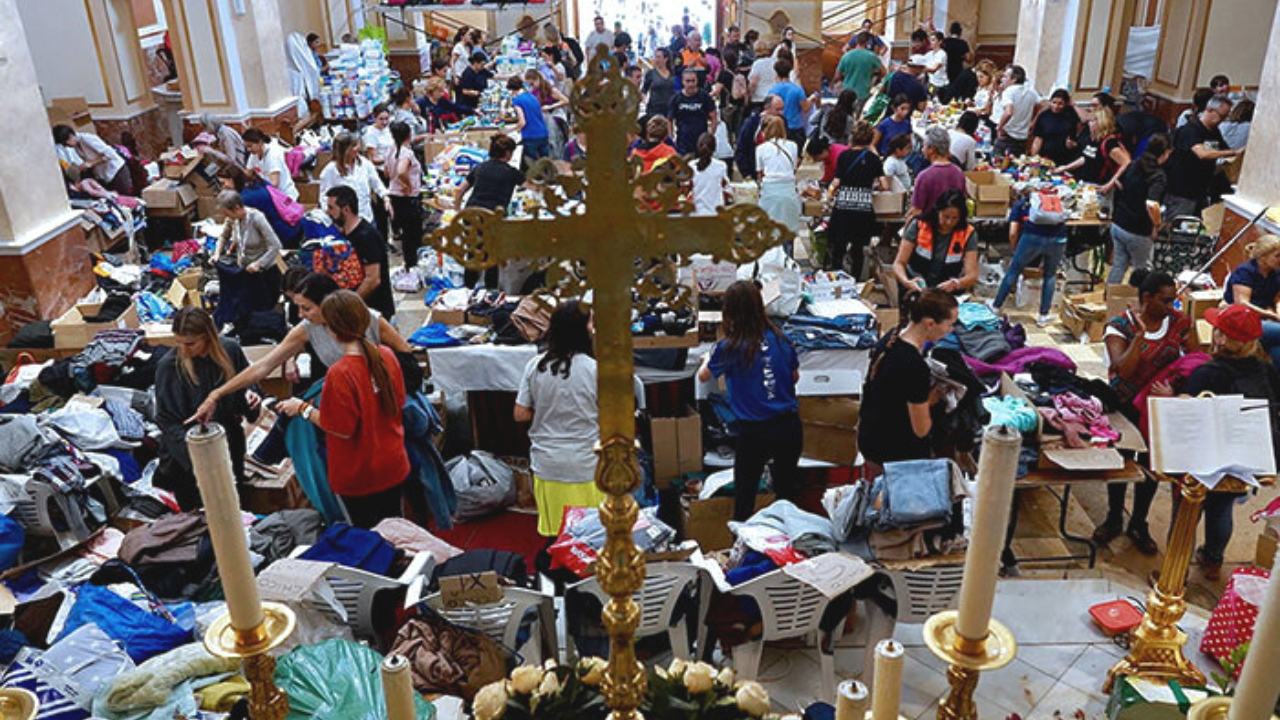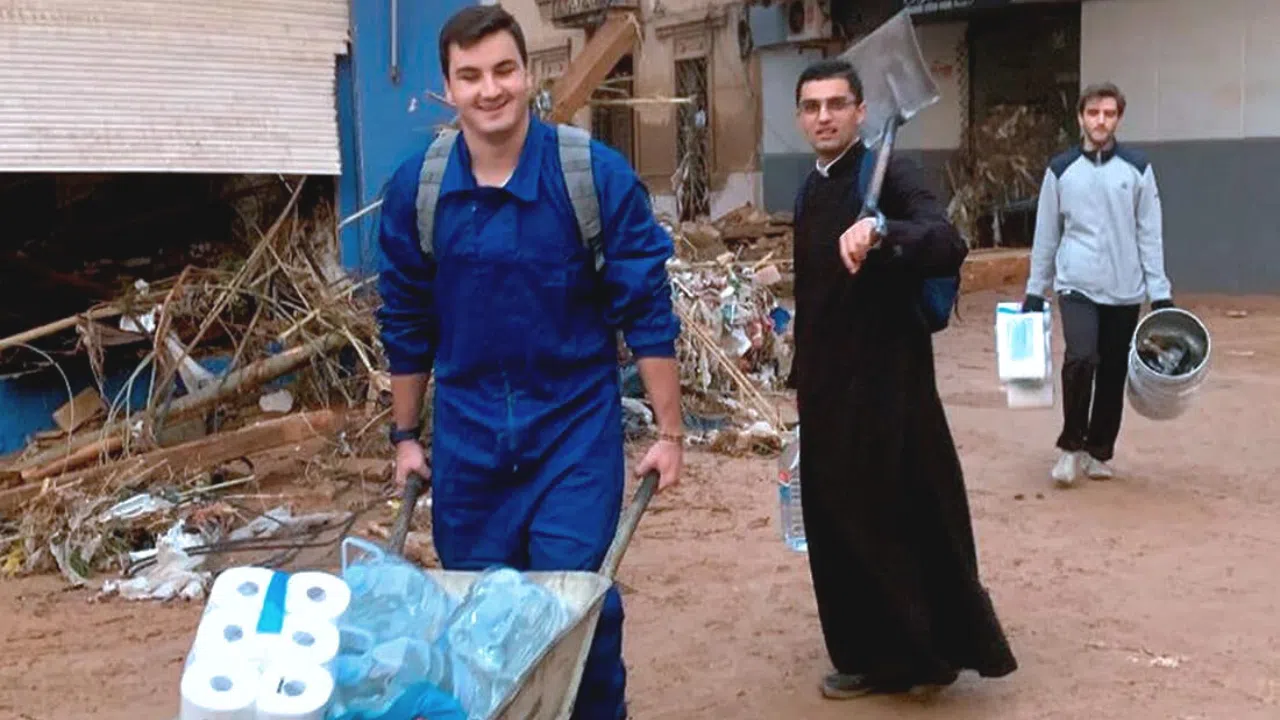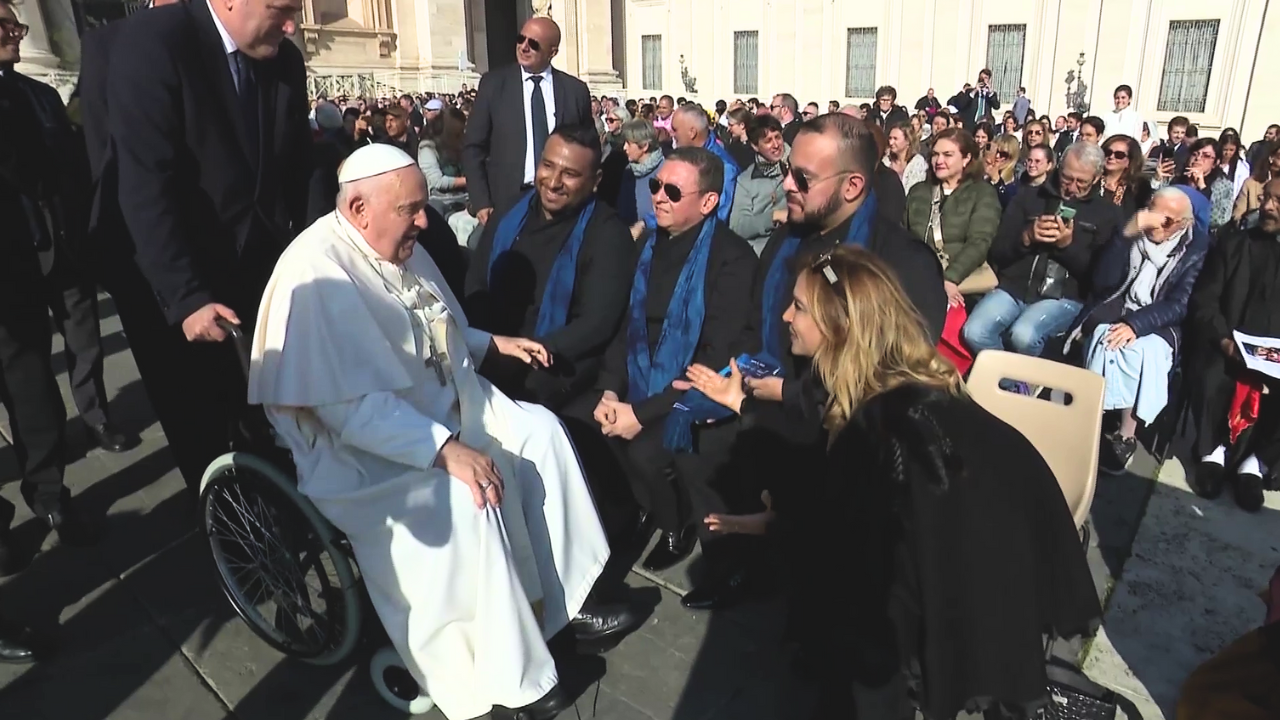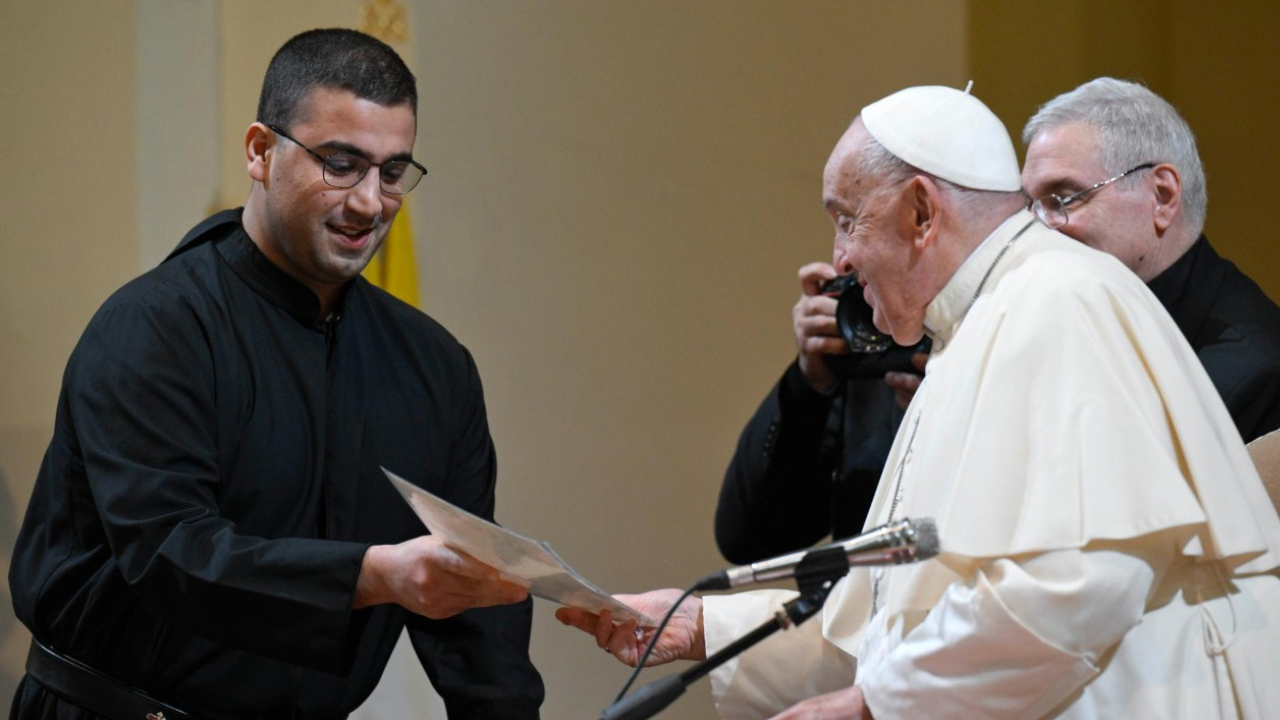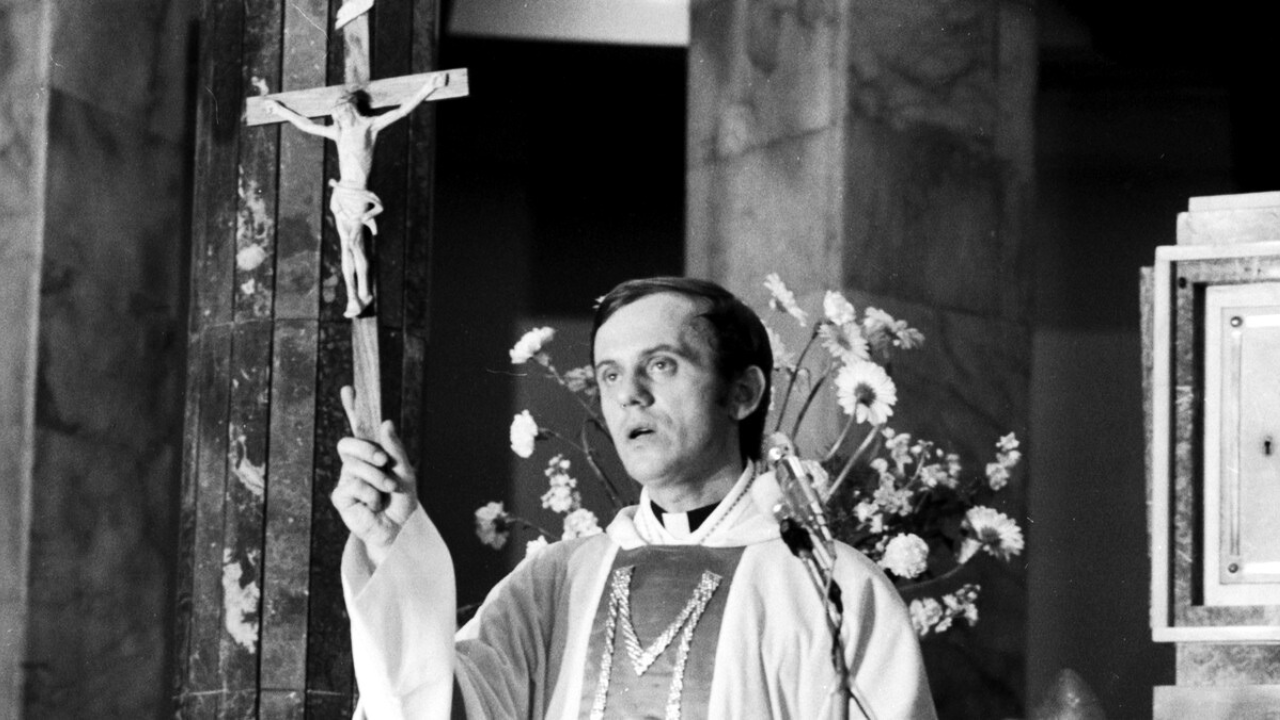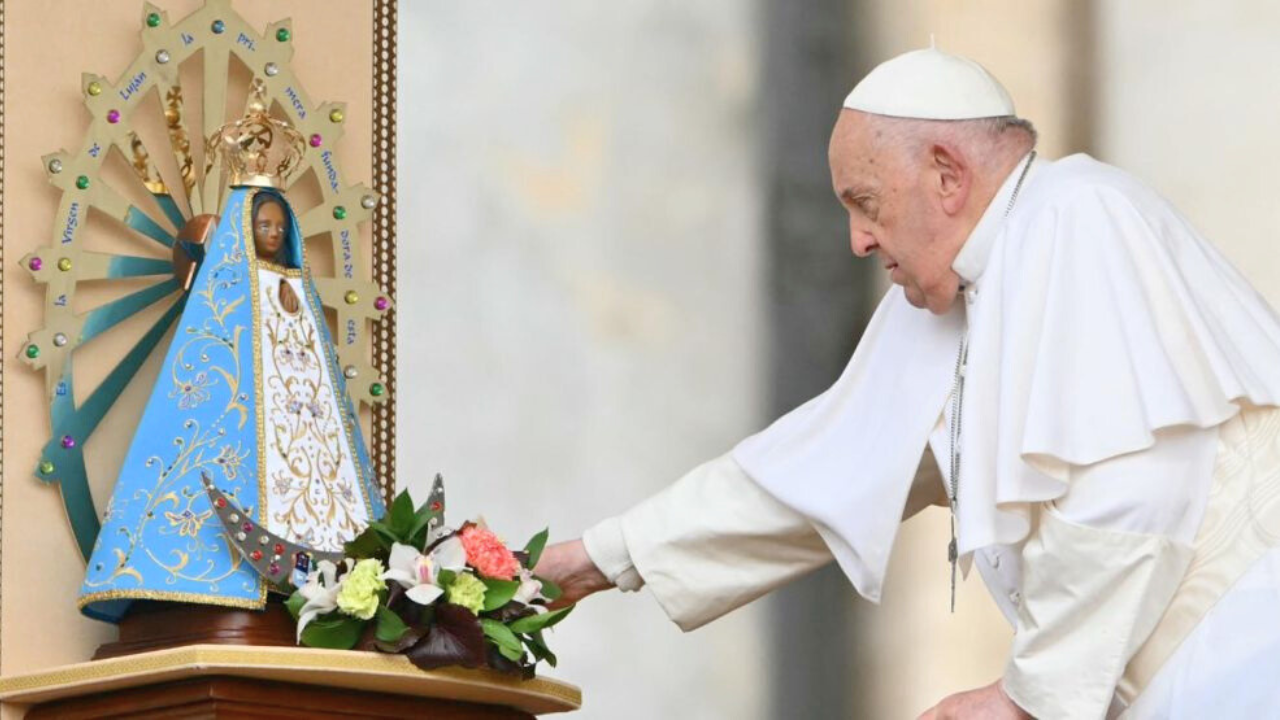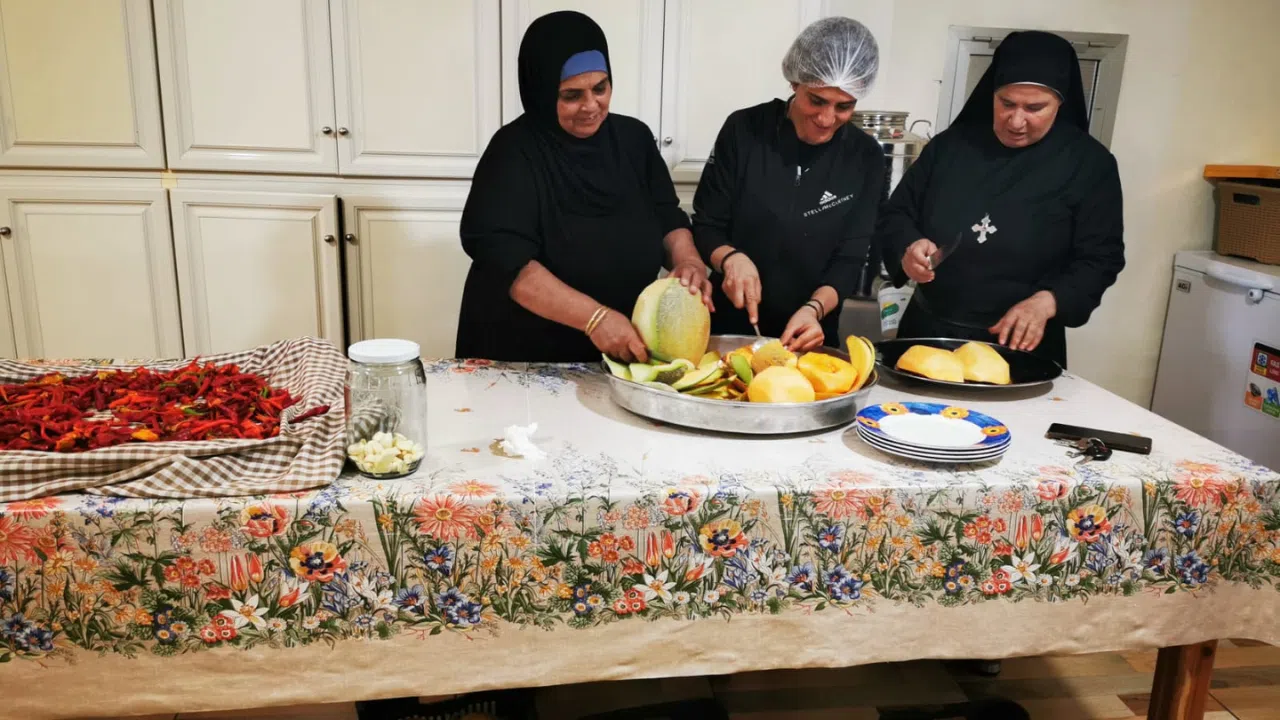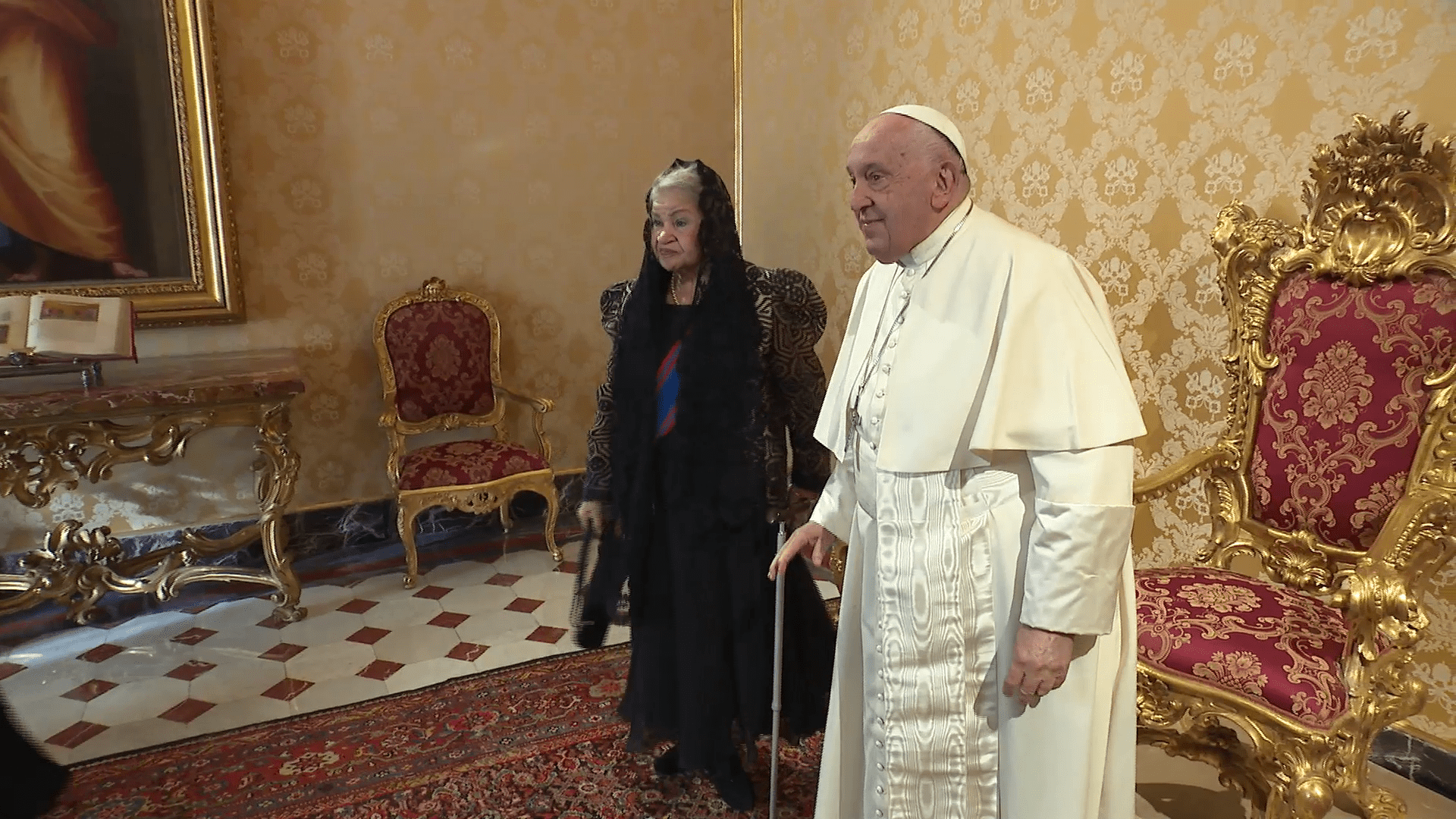This is Marina. She's been living with HIV-AIDS since 2010. Violence and conflict in the Central African Republic have forced her to leave her homelands.
Despite the complications of accessing treatment, she returned to her home in Zemio, a community that has the highest HIV rate in the country; 12 percent, which is three times the rate in other places.
She was receiving treatment until two months ago, when she had to give it up.
MARINA
“Before, I was strong and healthy with the treatment. Because of the violence, I had to flee to the Democratic Republic of the Congo. We did not have anything to eat and it was very hard. I could not take my pills. That's when I got sick again...The viral load became very high.”
The conflict in this country has forced more than 40,000 people to flee their homes.
Despite these difficulties, solidarity is seen by many groups that have organized anti-HIV medicine deliveries to remote areas of the Central African Republic.
BIENVENU
Nurse at Zemio Hospital
“There is poverty here, there is starvation here.”
Fiacre is part of a group of people living with HIV who support each other. He rides his bike to the Zemio Hospital to collect six months' worth of retro-viral for 12 different people. He shares his trips to the hospital to help others and reduce their costs. This is where he also receives his medical checkups.
FIACRE
“The nurses came to check my viral load ... it's now undetectable in me.”
By 2018, an estimated 37.9 million people were infected with HIV around the world. 24 million were receiving treatment, however, in the same year, another 1.7 million people were infected with the same disease.
Daniel Díaz Vizzi
Translated: Rachel Dobrzynski
